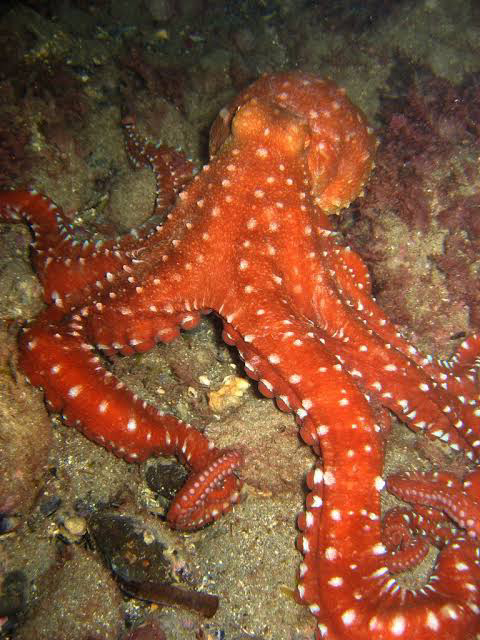CAN U DIFFERENTIATE BETWEEN THESE CATS
A cheetah is know to be from the cat family with a more flexible than other cat spines. The spine is so flexible that it allows the cheetah to quickly move its two back feet ahead of its two front feet. Along with some unique hips, this movement helps the cheetah get more distance per stride. This allows the cheetah to take four long strides each second which makes it possible for them to clock 60mph (93km/h) in 3 seconds.......
The cheetah (Acinonyx jubatus) is a large cat native to Africa and central Iran. It is the fastest land animal, capable of running at 80 to 128 km/h (50 to 80 mph), and as such has several adaptations for speed, including a light build, long thin legs and a long tail. Cheetahs typically reach 67–94 cm (26–37 in) at the shoulder, and the head-and-body length is between 1.1 and 1.5 m (3.6 and 4.9 ft). Adults typically weigh between 20 and 65 kg (44 and 143 lb). Its head is small, rounded, and has a short snout and black tear-like facial streaks. The coat is typically tawny to creamy white or pale buff and is mostly covered with evenly spaced, solid black spots. Four subspecies are recognised..
More gregarious than many other cats, the cheetah has three main social groups—females and their cubs, male "coalitions" and solitary males. While females lead a nomadic life searching for prey in large home ranges, males are more sedentary and may instead establish much smaller territories in areas with plentiful prey and access to females. The cheetah is active mainly during the day and hunting is its major preoccupation, with peaks during dawn and dusk. It feeds on small- to medium-sized prey, mostly weighing under 40 kg (88 lb), and prefers medium-sized ungulates such as impala, springbok and Thomson's gazelles. The cheetah will typically stalk its prey to within 60–70 m (200–230 ft), charge towards it, trip it during the chase and bite its throat to suffocate it to death. Breeding occurs throughout the year; after a gestation of nearly three months a litter of typically three to five cubs is born; cheetah cubs are highly vulnerable to predation by other large carnivores such as hyenas and lions. Weaning happens at around four months, and cubs are independent by around 20 months of age.
THE JAGUAR
The jaguar (Panthera onca) is a large felid species and the only extant member of the genus Panthera native to the Americas. The jaguar's present range extends from Southwestern United States and Mexico in North America, across much of Central America, and south to Paraguay and northern Argentina in South America. Though there are single cats now living within the Western United States, the species has largely been extirpated from the United States since the early 20th century. It is listed as Near Threatened on the IUCN Red List; and its numbers are declining. Threats include loss and fragmentation of habitat.
Overall, the jaguar is the largest native cat species of the New World and the third largest in the world. This spotted cat closely resembles the leopard, but is usually larger and sturdier. It ranges across a variety of forested and open terrains, but its preferred habitat is tropical and subtropical moist broadleaf forest, swamps and wooded regions. The jaguar enjoys swimming and is largely a solitary, opportunistic, stalk-and-ambush predator at the top of the food chain. As a keystone species it plays an important role in stabilizing ecosystems and regulating prey populations.
While international trade in jaguars or their body parts is prohibited, the cat is still frequently killed, particularly in conflicts with ranchers and farmers in South America. Although reduced, its range remains large. Given its historical distribution, the jaguar has featured prominently in the mythology of numerous indigenous American cultures, including those of the Maya and Aztec








Unknown informative and also time worthy to read 👍
ReplyDeleteThanks for the compliment
DeleteGreat information keep posting like this
ReplyDeleteThanks a lot
DeleteVery knowledgeable
ReplyDeleteThese cats are really deadly
ReplyDeleteThe Jaguar looks the deadliest! Nice post 👌
ReplyDeleteIt's the biggest spotted post
DeleteWonderful words, knowledgeable
ReplyDelete